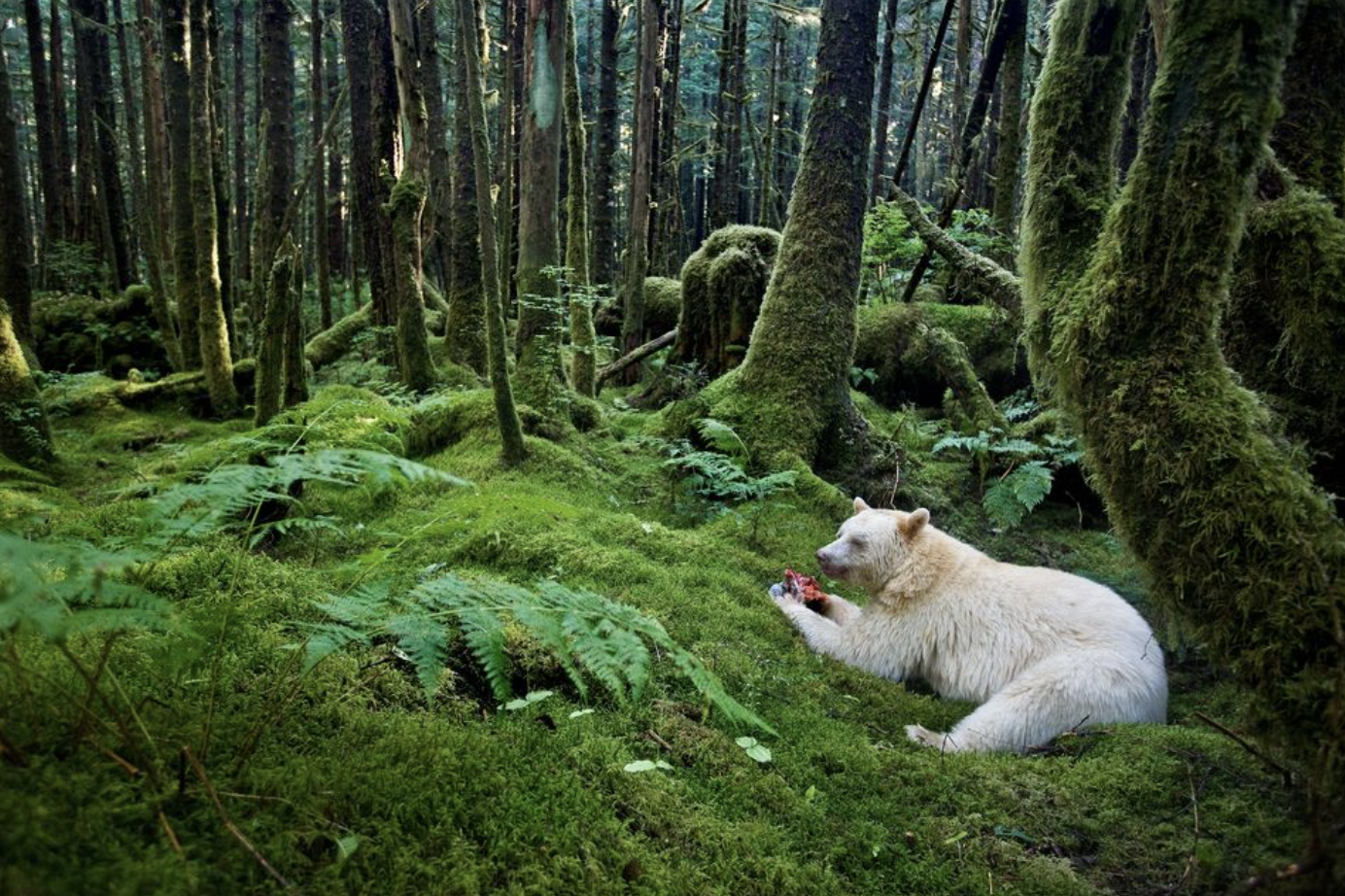
Peter Zeihan: Europe Goes Nuclear
We’ve got two major developments in Eurasia. We’re talking about Ukraine disabling two ships in the Caspian Sea and Poland getting EU approval to build…
Thought Leader: Peter Zeihan

My background in science stubbornly insists that I keep from assigning human attributes and values to wildlife. Yet all it takes is one minute in the presence of our planet’s largest creatures and suddenly the boundaries between human and animal seem arbitrary- even laughable. Feelings of love and joy, or the simple bliss of a good long nap after a meal, have never belonged to people alone. The more time I spend with wildlife, the more connected I feel to the everyday lives of wild kin and to the planet we share. It has taken me a lifetime to achieve the place I am now at in my career, but throughout my journey, I have learned to appreciate all of the details of wildlife photography, including waiting for the perfect shot.
As always, thank you for supporting my career as both a photographer and conservationist. Below, I have answered more questions submitted via Instagram Stories.
Q: What is a destination you’ve never explored but would love to film?
A: My only real consideration in deciding where to visit next is the degree to which I can help make improvements for local species and habitats. Sure, I would love to witness the sardine run, soak up the Maldives, and descend into the mysterious depths of oceans around the world, but I have often found it is the places I had not given a second thought to that harbored the best experiences. I am just thankful for the privilege of being where I have been and seeing what I have seen.
Q: What photo took the longest to capture?
A: The narwhal assignment I did for National Geographic, where I failed during every trip to the Arctic for half a decade, comes to mind. It wasn’t until the fifth consecutive annual visit that we finally cobbled together two good days of shooting and returned with a body of work fit for the magazine (a picture of males underwater, in particular). Only Flip Nicklin, myself, and a handful of documentary filmmakers have captured the secret lives that narwhals live beneath the surface, and I have to say: it was worth the wait.
Q: How do you find the patience to wait for those perfect shots?
A: Despite never being formally diagnosed, I have long suspected that I suffer from an attention deficit disorder. I am very impatient at home – just sitting and focusing on an email or reading a book usually requires more self-discipline than I can muster. In nature, however, I have nothing but patience. I enter a kind of meditative state where I am completely open to the experience of nature’s perfection. My spirit bear assignment for National Geographic comes to mind. I sheltered beside rivers in Western Canada’s Great Bear Rainforest for weeks just to get one or two good shooting days. I recall sitting and listening to the salmon splashing, the ravens calling, the wolves howling in the distance, and the gentle rustle of leaves at every gust of wind. There was nothing negative about that experience, despite my end goal being to get great shots of spirit bears. In the end, I don’t think patience is something you can teach. I think you just have to love what you’re doing enough to find beauty in the wait.
Q: How many pictures do you take during one shoot?
A: It depends. My biggest shoot ever was emperor penguins in Antarctica’s Ross Sea, where I captured around fifty thousand images. With that said, there have also been assignments where I returned home with fewer than two thousand. Very few of them are anything to write home about. I am jealous of the gifted photographers who manage one good picture for every thousand. During my time shooting for National Geographic, there was perhaps only one image I felt proud of for every five to ten thousand on my card.
Q: What’s the best camera for a beginner?
A: The best camera is always the one you can afford, which includes your smartphone. The lenses and sensors in today’s devices are excellent, so everything you need to shoot wide-angle, night photography, and more might already be at your fingertips for no extra cost. If you want to commit to photography more seriously, I suggest deciding on a budget and going from there. Spend a little less money on the camera body and a little more on the lenses – a 16-35mm, 24-70mm, and 100-400mm zoom are three that would cover you for most situations. Beyond that, a tripod would be helpful. Just remember that gear alone will not make your images better. I would grab a book like Photographing Wild or one of the many other wonderful photography books out there, work on some different techniques, and study the work of other artists – you’ll learn a ton.
Q: If you only could have one lens, what would it be?
A: Probably a 24-70mm. With that, I can shoot portraits, very subtle telephoto shots, and wider angles – it is a very versatile range.
Peter Zeihan: Europe Goes Nuclear
We’ve got two major developments in Eurasia. We’re talking about Ukraine disabling two ships in the Caspian Sea and Poland getting EU approval to build…
Thought Leader: Peter Zeihan
Dr. Sanjay Gupta’s Top Health Stories of 2025
From the resurgence of measles to a new way to treat pain, 2025 was a challenge for public health while still offering moments of hope. Sanjay…
Thought Leader: Sanjay Gupta
Ian Bremmer: The state of global conflict in 2025
On GZERO World, Ian Bremmer takes a hard look at the biggest global crises and conflicts that defined our world in 2025 with CNN’s Clarissa…
Thought Leader: Ian Bremmer

